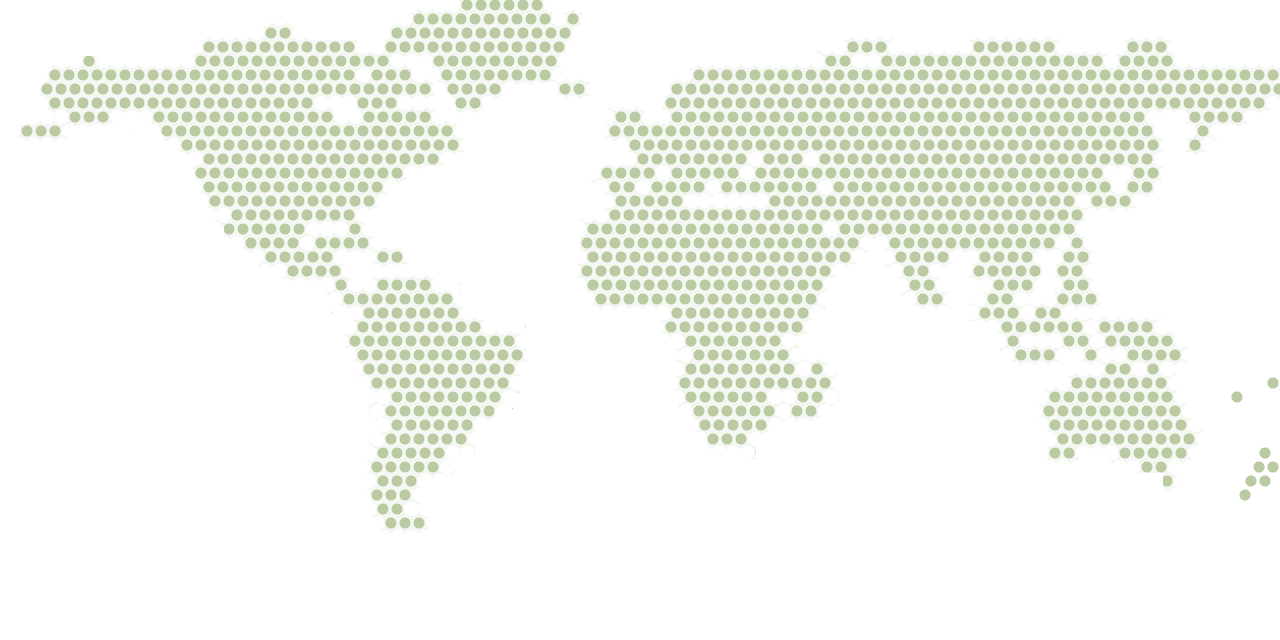Activity List
Activity List
CHALLENGERecent innovations in affordable information and communication technologies (ICT) have led to increased interest in using crowdsourcing to collect data, opportunities for more efficient data collection and information dissemination, and reforms in information management within public agencies. Many of these tools offer control and validation features, allow for georeferencing, and allow for mapping of social and biophysical data in the field at a lower cost. Electronic data that can be easily manipulated and replicated is particularly interesting in forest landscape projects, where…
Read More
PROGRAM SUMMARYThe development objective of this activity is to influence forest policy and decision making in Mozambique. The activity will support the preparation of the country's Forest Sector Agenda 2035, which will outline a set of objectives for forest and land use and economic development of the forest sector, detailing present and future trade-offs, and potential conflicts. Developing the Agenda 2035 will also enable critical input to be provided to the current legal reform taking place in the country, such as the revision of the Forest Policy and Strategy, Forest Law, concessions…
Read More
CHALLENGEToday around 40 to 50 percent of forests in Bulgaria are classified as high risk for wildfires. While forest fires have their place in nature and can serve an important function in maintaining the health of some ecosystems, there is evidence of a growing number of fires caused directly or indirectly by humans. Conversely, fire prevention and suppression seems correlated with the level of socioeconomic development (contrast efforts in Portugal, Spain and France vs. results in the Balkans). Accounting for the full costs of forest fires could help build the case for stepped up…
Read More
CHALLENGECentral America is one of the world regions most vulnerable to climate change impacts. Most countries in the region have high population densities in areas vulnerable to extreme climatic variation, and experience some of the highest rates of deforestation and landscape degradation in Latin America. These conditions directly contribute to exacerbating the negative impacts of destructive climatic events, which affect a significant growing percent of the population, the landscape, and the economy.Governments of the region are trying to respond to this new reality by designing and…
Read More
CHALLENGEMarkets require reliable and transparent information in order to function; this applies equally to new and emerging markets for ecosystems services for carbon, water and biodiversity, as it does to traditional financial markets. Investors need to fully understand the risks and opportunities associated with their ecological dependencies, assets and investments. Only then will substantial private investment move toward supporting sustainable resource outcomes.APPROACHThe “Ecosystem Marketplace” is a Forest Trends initiative that seeks to consolidate and report free and independent…
Read More
Program SummaryThis PROFOR activity aimed to provide evidence to the Government of Nicaragua on the economic benefits of forest landscape restoration activities. The knowledge generated from this activity was intended to improve policy makers’ ability to made decisions on investments going towards rural livelihoods and incomes, reduced GHG emissions, and greater climate risk resilience.ChallengeBased on climate change projections, water availability is likely to decline in most of Nicaragua's watersheds. A three-year drought, coupled with massive deforestation in the past few decades, has…
Read More
CHALLENGESince the Bali UNFCCC Conference of Parties (COP13), Indonesia has made climate change action a priority. In May 2010, Indonesia agreed with Norway on a path-breaking, performance-based initiative for action on REDD+. In January 2011, the Government of Indonesia identified two provinces that will pilot the REDD+ partnership agreement with Norway. However, much remains to be done to prepare sub-national financing instruments that transmit incentives from international REDD+ funding sources to regional and local levels. Financing mechanisms will need to be in place for programmatic…
Read More
CHALLENGEAlthough overseas development assistance for forests appears to have modestly increased in the past few years, and although many new promising mechanisms and sources are emerging, analysis reveals that the gap between the needs and existing funding for sustainable forest management is still very wide. There is a need for substantial new and additional funding from all sources to support sustainable forest management and make implementation the Non-Legally Binding Instrument (NLBI) effective on the ground.APPROACHIn 2008, PROFOR financed analysis of funding sources and gaps towards…
Read More
CHALLENGEIn 2007, Indonesia was committed to Reducing emissions from deforestation and forest degradation but was aware of outstanding methodological and financial issues that could stand in its way.APPROACHThe Indonesia Forest Climate Alliance (IFCA), a study group consisting of Ministry experts as well as researchers from a range of national and international institutions, was created to provide research inputs with support from a core group of donors, including PROFOR, the World Bank, the UK Department for International Development (DFID), the Australian Government and Deutche…
Read More
CHALLENGEKazakhstan is a forest-scarce country, with forests covering only 4.6 percent of the total area. Nearly 90 percent of the land is made up of steppe, desert and semi-desert. 26 million hectares are designated as forest estate (i.e. the forest fund), but less than half of this is actually covered with forest (12.5 million hectares).The national state agency in charge of forests manages 5.78 million hectares, or 20 percent of the forest fund. Regional governments manage 79 percent of the forest fund, while privately owned forest area is minimal. The 2003 Forest Code makes special…
Read More









